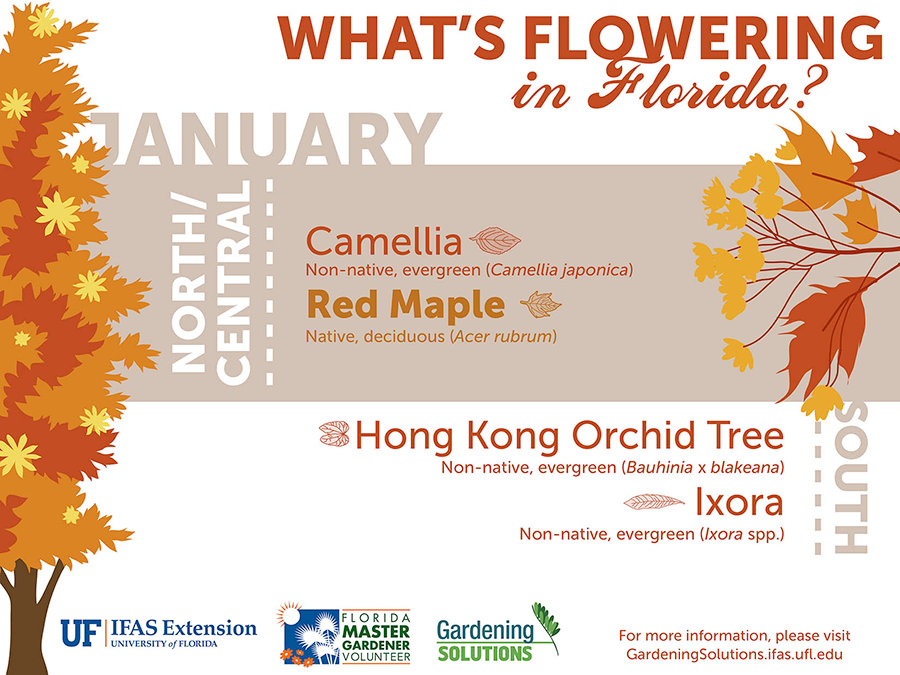Seasonal Tree Care: When Is The Most Effective Time To Eliminate Trees?
Seasonal Tree Care: When Is The Most Effective Time To Eliminate Trees?
Blog Article
Developed By-Walls Moses
When considering the most effective time to eliminate trees from your residential property, a vital equilibrium has to be struck in between tree health and safety issues. Take into consideration the potential dangers positioned by unstable or worn out trees, and just how their removal can alleviate these threats. However when specifically is the ideal moment to undertake this job? Stay tuned to discover the seasonal subtleties that might influence your decision and make certain the wellness of your trees and environments.
Optimum Timing for Tree Elimination
When it involves deciding on the excellent timing for tree removal, it's vital to consider variables such as the health of the tree, security worries, and ecological guidelines. Examining the tree's total health is important to determine if removal is required. Dead or infected trees pose risks and must be eliminated without delay to prevent crashes or home damage.
Safety and security issues, such as closeness to structures, power lines, or roadways, likewise play a significant duty in establishing the best time for removal. Following environmental regulations is important to ensure that the removal procedure is accomplished responsibly and legally.
Thinking about these aspects, the optimal timing for tree elimination may vary. Typically, it's advised to remove trees throughout the inactive period, typically in late fall or winter season. During this time around, trees aren't proactively expanding, making removal much less stressful for the tree. Furthermore, with please click the following website fallen leaves, it's easier for arborists to examine the tree's framework and securely perform the elimination procedure.
Seasonal Aspects to Take Into Consideration
To ensure effective tree care methods, it's essential to think about the seasonal elements that can impact the health and development of your trees. Comprehending these seasonal variants can assist you prepare your tree care tasks effectively.
In springtime, trees concentrate on new development and budding. This is an ideal time for trimming to form the tree and get rid of dead branches.
Summertime brings heat, necessitating appropriate watering to maintain trees moisturized.
Loss is when trees begin getting ready for dormancy, making it a good time for deep root fertilizing to sustain their root systems.
Wintertime, with its cold temperature levels, is a period of dormancy for most trees, making it a suitable time for tree removal or significant pruning.
Influence On Tree Health And Wellness and Landscape
Considering the seasonal variables that affect your trees is crucial for their overall health and the appearance of your landscape. Correct tree care throughout the year can considerably affect their wellness and the aesthetic charm of your outside area.
For instance, pruning during the dormant winter months can advertise healthy and balanced growth in the springtime, while getting rid of dead or unhealthy branches in the autumn can stop possible hazards during wintertime tornados. Additionally, checking your trees for signs of pests and illness throughout the ideal seasons can aid preserve their vigor and avoid extensive infestations.
Furthermore, the problem of your trees straight influences the overall landscape design. Trees that are well-kept and healthy can boost the charm and value of your residential property, while neglected or damaged trees might interfere with the aesthetic charm of your outside setting.
check out this site in mind, the very best time to get rid of trees is during the inactive season to lessen stress and anxiety on the tree and guarantee its health and wellness. Think about the seasonal elements and potential risks before organizing tree elimination. By prioritizing responsible tree care and upkeep, you can keep a secure and cosmetically pleasing landscape for several years ahead.
